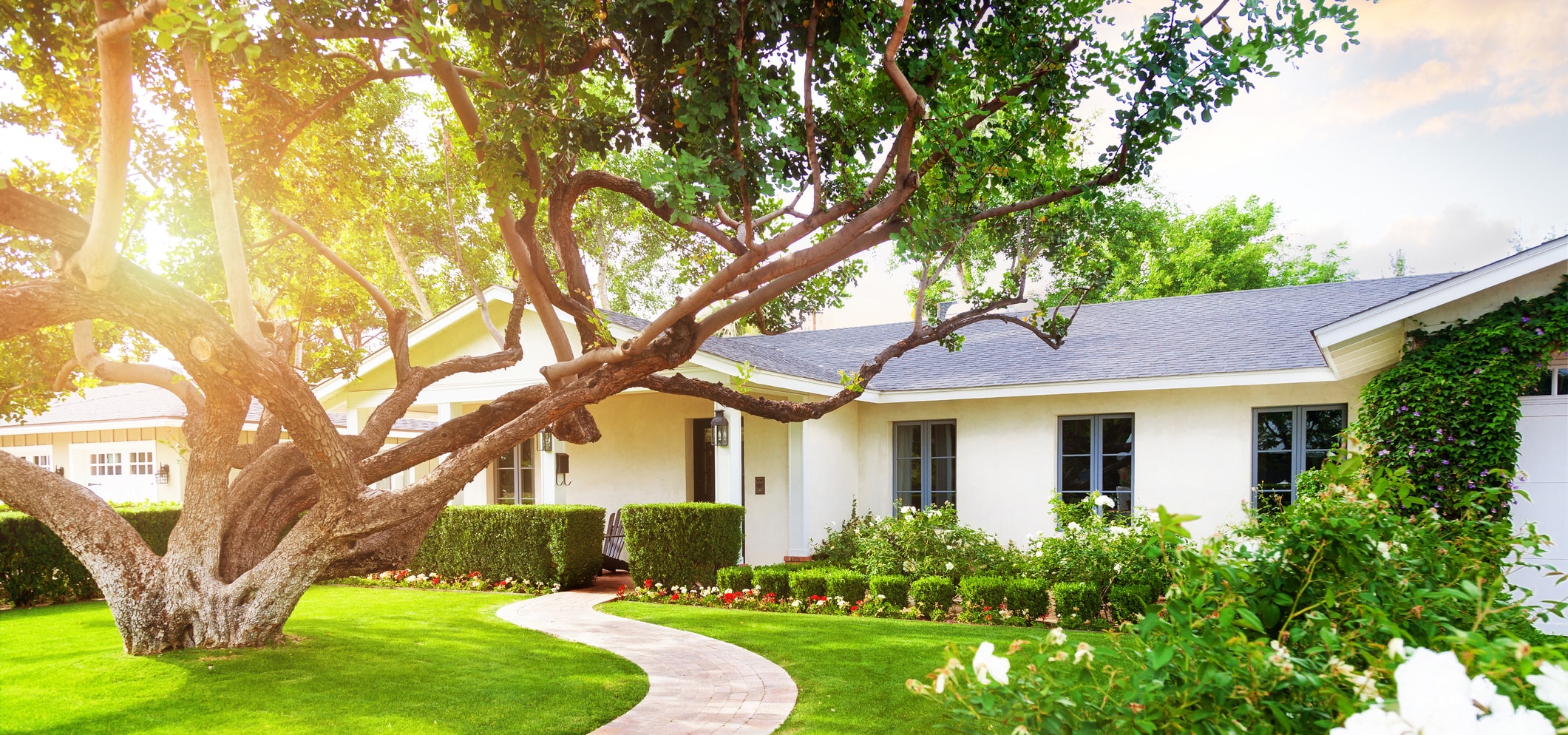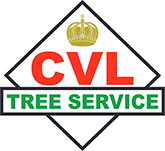Tree Care Tips for Spring and Summer

As we approach the full swing of the season with folks going to the store for their gardening supplies and lawn care tools, it’ll be worth bearing in mind that the exterior of your home needs just as much professional attention as the interior. If you ever have trouble with a task or lack the tools needed, don’t hesitate to call us here at CVL! That said, here a few tips you can do yourself to keep your home looking good inside and out.
Just like all spring cleanings, the first task will be to remove all the things that get in the way. Any fallen debris, garbage, leaves, and branches have all got to go. Recycle what you can, mulch anything compostable, and chip any branches to use as a top dressing on other parts of your garden. Once the largest offenders are removed from your lawn, you’ll want to focus on more impactful ways to have a healthy outdoors. A large part of yard and tree health is the removal of detrimental species. Weeds, creeping vines, invasive plant or insect species of all types need to identified and handled before they become a larger problem. Go through your exterior environment and see if you can identify any oddities.
Common lawn and tree issues that people see in the early spring, particularly after a wet winter, will include powdery mildew, a white “dusty” appearance on the coatings of leaves and discoloring or necrosis of leaves in advanced cases. Powdery mildew is a fungal infection that weakens the plant by destroying its ability to photosynthesize, and spreads quite easily between infected plants via air or carrier bugs that inhabit multiple plants. To help control the spread of the mildew, make sure you remove any affected material and throw it away. Composting mildewed leaves may result in further issues, as it serves as a way for the fungus to continually re-infect an area. Other options for treatment of powdery mildew include sprays and fungicides designed to slow or kill the fungus. While we don’t recommend you apply any chemical sprays yourself, there are organic and non-organic ones available. A common home treatment, comparable to the chemical sprays, is to dilute milk in a 1:10 ratio with water and spray in direct sunlight on affected areas.
Another common way to make sure you have the right environment for a healthy outdoors is to check the drainage ability of your soils in the area. Heavy, compacted soils that drain poorly can lead to several downsides, including floating parts of your lawn in heavy rains, excess water retention that leads to plant health issues, and low yields for your vegetable gardens. If you’ve got raised beds, make sure you turn and aerate them, checking your beds drainage while you do so. Checking drainage around your trees and low-lying areas can prevent lots of headaches as well.
Regardless of your tree or landscaping issues, it’s always a good idea to consult an expert lawn care and tree service company. Call CVL Complete Tree Service if you need professional consultation or to set up an appointment to get your lawn and trees looked after today!

